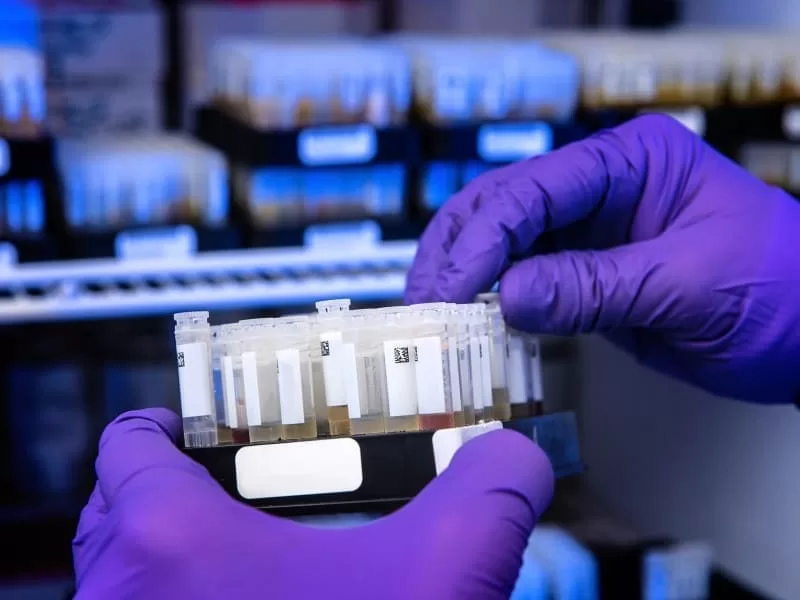
The role of translation in scientific communication
The COVID-19 pandemic has exposed the weaknesses of healthcare systems all over the world, not only in terms of healthcare delivery, but even more so regarding effective health information dissemination. The critical role of science communication in battling misinformation and disinformation amidst the still-ongoing public health crisis is currently being more greatly emphasized than ever.
The communication gap in science: translating for the public
The scientific industry should acknowledge, above all else, how difficult it is for the common citizen to fully understand the complexities of science, especially with its rabbit hole of jargons and terminologies. What’s considered everyday language for scientists may come off as merely egoistic gibberish for the general public, thereby affecting science literacy as a whole.
The problem does not lie in an alleged lack of available information because, frankly, the amount of scientific knowledge is growing exponentially with every passing second thanks to the work of researchers and writers in journals around the world. It is just that science is a language not spoken by many, and to get your message across, you’ll have to learn how to translate effectively.
Defining translation: a bridge between languages and cultures
The definition of translation is vast, and across the millennia, has been interpreted differently in both linguistic and cultural paradigms. In John Cunnison Catford’s “A Linguistic Theory of Translation,” he defines the word as a process of substituting a text from one language into another, therefore solidifying the argument that it heavily relies on linguistics and determining the relationship between two languages.
Andre Levefere, however, in his book “Translation, Rewriting and the Manipulation of Literary Fame,” suggested that it is more than just linguistics, but also takes into consideration ideology and poetics. When one translates, you are not merely translating text, you are translating culture. It is, therefore, safe to say that translation is both an art and a science.
Simplifying science: strategies for effective communication
Translation in science communication entails teaching the scientific community to embrace a more inclusive language and skill set that allows for both their ways of speaking and writing to be more catered to the masses. It is meant to transcend or break down barriers, both language and cultural, to relate to the audience.
Ultimately, it not only has to be simplified, but also engaging and interesting for the average reader. The problem with communicating science in general is the audience’s reluctance to hear an unfamiliar concept that may challenge their existing worldview. Translation helps alleviate this tension by creating an environment that is safe and likened to the receiver’s comfort zone, thereby increasing their probability of listening and their willingness to understand.

Photo by Louis Reed on Unsplash
Careful translation: avoiding loss of the meaning
It is important to know that translation should not only mean restating complex concepts using simpler words, but literally taking advantage of the vast number of languages across the globe and making information more accessible by using each of them to speak and write facts.
It requires a certain level of proficiency and skill, especially that sloppy translation can result in missing information, i.e., a poor choice of words can change the meaning of a text entirely: a swing and a miss.
The challenge of translating cultures: lessons from “Squid Game”
The release of globally acclaimed Korean drama series, Squid Game, in Netflix for example, triggered uproar from fans who spotted major differences in the original script and the streaming platform’s English translation of the audio, resulting in critical Easter eggs in the drama losing their significance and pertinence to the story.
Especially cultural details from Korea, the series was not able to effectively adapt and translate its message to fully be understood by people coming from other places all over the world. It is such a shame, but also a dilemma that could have been preventable by skilled translation.
Amplifying the reaches of science: the art of translation
As tedious as it is, scientists are required to make their work more accessible, which entails not only knowing their audience, but also expanding their reach. What good would an excellent research finding be if it can only be applied in real life by fellow scientists and not the common citizen. Information that is not understandable to the many, to put it bluntly, is just plain useless.
Translation does not merely concern words, but tone, emotion, and call to action. Rarely do we see poetry translated literally and word-for-word because doing so makes the piece lose its appeal. Instead, what’s translated is its essence, the feelings it evokes in its readers and listeners, and its artistic nuances.
Even in science, the translated version should be able to capture the urgency, alarm, triumph, or breakthrough that can be felt with the original text. It should be, in every sense, the exact message spoken in a different culture.
If we commit ourselves to making science more accessible, translation becomes an important and necessary expertise. This will allow us, more than anything else, to address the marginalised people, the people who no one hears, the people who thought no one was willing to listen to them and train them. It gives us a chance to connect to people, to let them know that science is not only for a select few, but for everyone.
Do you need to translate a scientific article?
Are you looking for a native translator to translate your scientific article? Looking for a translator who specialises in your industry? Contact us through the following questionnaire and we will send you your budget for the professional translation, as soon as possible, without compromise.


Tomás Neves
Posted at 01:36h, 27 MayThe example of Squid Game perfectly illustrates how cultural nuances can get lost in translation. It’s a reminder that in science, just like in entertainment, a word-for-word approach simply doesn’t cut it.
Gerard Tolosa
Posted at 08:32h, 27 MayGreat point, Tomás! Culture-specific elements, whether in entertainment or science, require thoughtful localisation 🎯. Scientific communication gains real impact when handled by expert translators. 💬 Ask us about scientific localisation services in Barcelona.
Isabelle Fournier
Posted at 01:36h, 27 MayIt’s refreshing to see the importance of scientific translation framed not only as a linguistic task, but as a cultural responsibility. Translators are often the silent enablers of public understanding, and their precision is what gives science its voice in multiple contexts.
Gerard Tolosa
Posted at 08:32h, 27 MayThank you, Isabelle! Indeed, scientific translation is essential for bridging the gap between technical knowledge and public understanding 🌍. Precision and cultural awareness are key to making information truly universal. 👉 Trust us with your scientific translation needs in Barcelona.